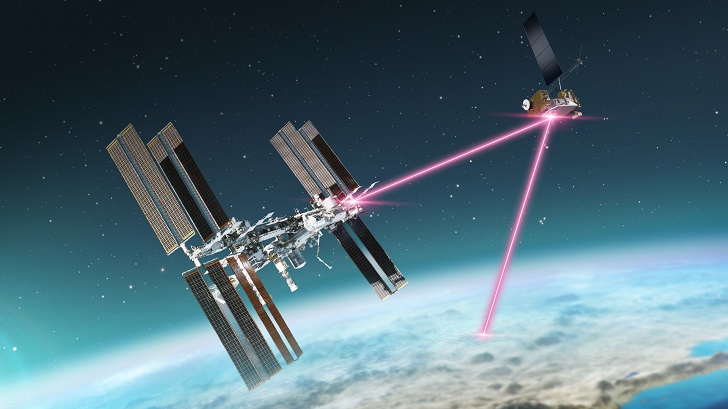In the realm of scientific marvels, few innovations have been as transformative as laser technology. Over the past several decades, lasers have evolved from mere tools of fascination to indispensable instruments across many industries.
From medicine to manufacturing and communications to entertainment, the steady advancement of laser technology has shaped our world in ways once thought unimaginable. Let’s delve into the captivating journey of laser technology and explore the astounding advancements that have propelled it to the forefront of modern innovation.
The Dawn of Lasers
The story of lasers begins with the theoretical foundations laid by Albert Einstein in 1917, as he introduced the concept of “stimulated emission.” It wasn’t until 1960 that Theodore Maiman constructed the first functional laser using a ruby crystal, igniting a revolution that would forever change how we harness and manipulate light.

Laser Precision in Medicine
Laser technology has become a cornerstone in modern medicine, enabling intricate procedures with unparalleled precision. One of the pioneering applications is laser surgery.
The controlled and focused beams of lasers can delicately ablate tissue, making it an ideal tool for procedures ranging from eye surgeries to cancer treatment. Lasers have also found their place in dermatology, efficiently removing tattoos, scars, and unwanted hair while minimizing damage to surrounding tissue.
Innovations continue to unfold. Researchers have recently explored the potential of using lasers for non-invasive diagnostics. Laser-induced fluorescence and Raman spectroscopy leverage laser light to identify disease markers at a cellular level, potentially revolutionizing early disease detection.
Laser Communications
In telecommunications, lasers have emerged as the linchpin of high-speed data transmission. Fiber-optic communication systems, driven by laser diodes, allow for the transfer of vast amounts of information over immense distances at the speed of light.
This technology forms the backbone of our modern interconnected world, enabling seamless video calls, online transactions, and sharing colossal data volumes.

Manufacturing in the Laser Era
The manufacturing landscape has undergone a seismic shift due to laser technology. Precision cutting, welding, engraving, and marking have all been elevated to unprecedented levels of accuracy and efficiency.
Lasers provide the means to meticulously shape materials, from metals to polymers, with minimal heat distortion and waste. Industries like aerospace, automotive, and electronics have harnessed laser technology to produce intricate components with unmatched precision.
Laser Entertainment
Beyond practical applications, lasers have also established themselves as a captivating medium for entertainment. Laser light shows, often accompanied by music, have become a staple at concerts, festivals, and events. The precision and vibrancy of laser projections create mesmerizing visual spectacles, painting ethereal images across vast canvases of darkness.
Advancements Shaping Tomorrow
As technology hurtles forward, advancements in laser technology are poised to redefine our possibilities again.

Femtosecond Lasers
Femtosecond lasers are on the cusp of revolutionizing fields such as materials processing and medicine. These lasers emit pulses lasting a quadrillionth of a second, enabling scientists to manipulate matter in novel ways.
In medicine, femtosecond lasers have transformed eye surgery by allowing surgeons to create precise incisions in corneal tissue. In manufacturing, they enable the creation of microstructures with unprecedented precision, opening doors to innovations in electronics, energy storage, and more.
Terahertz Radiation
Terahertz radiation, lying between microwave and infrared frequencies, is an untapped realm of the electromagnetic spectrum. Recent advancements in laser technology have enabled researchers to generate and manipulate terahertz radiation, unlocking its potential for medical imaging, security screening, and communication.
This technology could offer non-invasive imaging of biological tissues, detect concealed objects, and high-speed wireless communication, revolutionizing several industries simultaneously.




